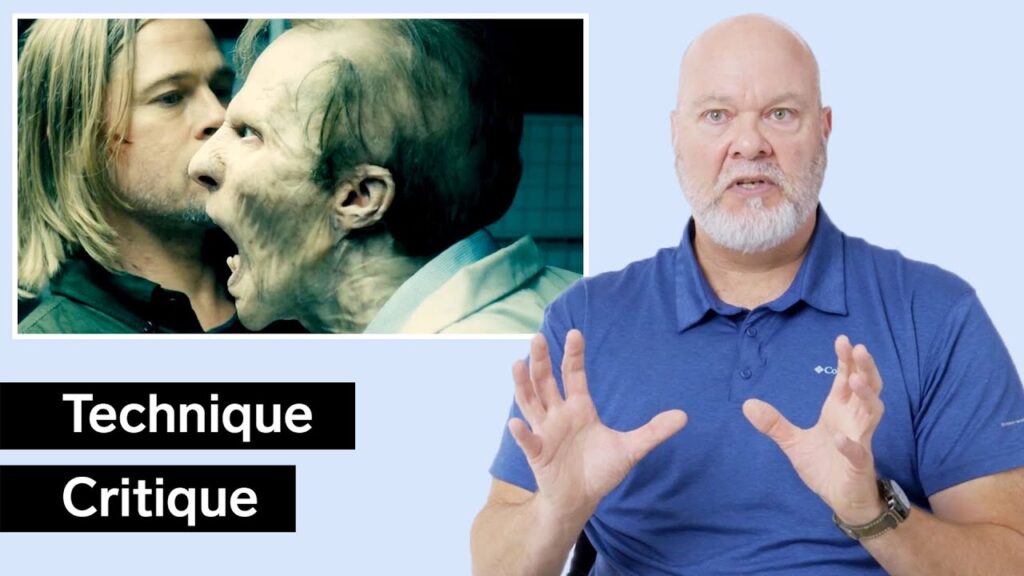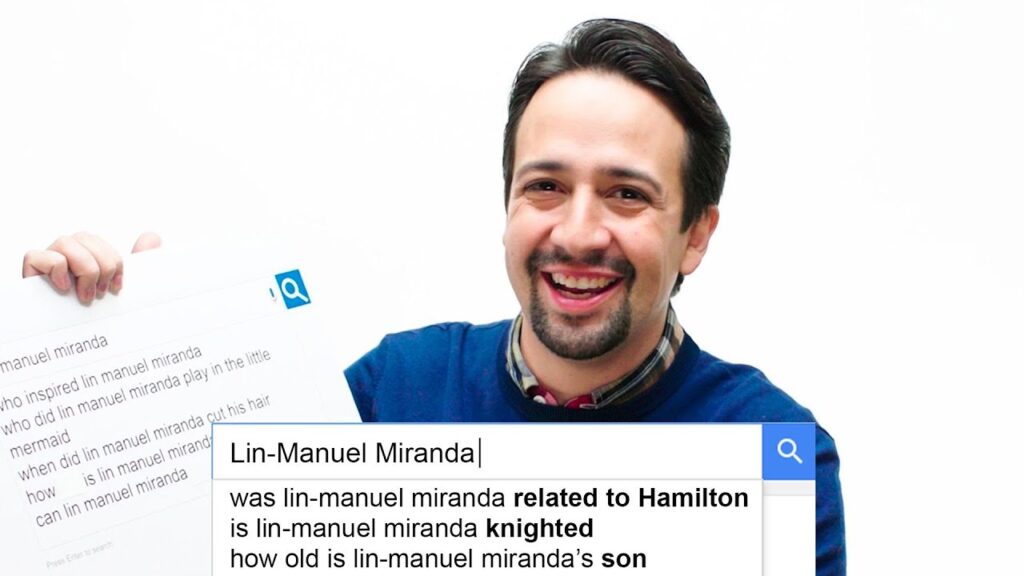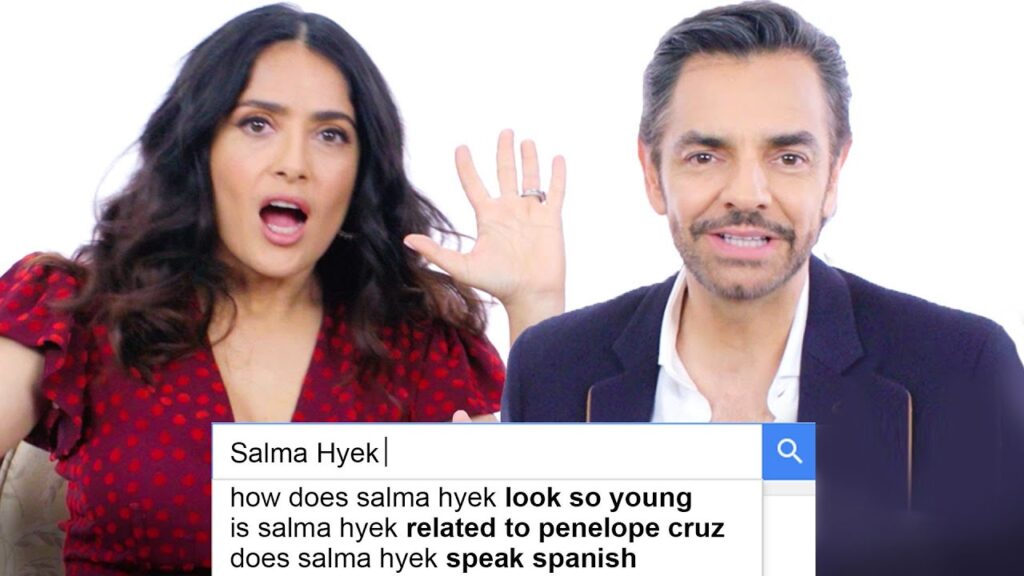The Art of Conducting: Exploring the Mystery and Mastery of Musical Interpretation
Summary
In this article, we explore the art of conducting with Kent Tridl, a conductor and organizer from New York City. Tridl explains that while conducting has some basic principles that can be learned, it also requires a sense of musical context and timing that is challenging to master. Communication is also essential, and the conductor must be able to communicate their interpretation of the music in an open and inviting way. We delve into the role of a conductor in creating a sense of musical structure and architecture in a performance and the importance of understanding the larger components of the music.
Table of Contents
- The Mystery and Mastery of Conducting
- The Importance of Timing and Communication
- Right-Hand and Left-Hand Independence
- Understanding the Larger Structure of the Music
- Balancing Showmanship and Musical Interpretation
- Creating a Successful and Exciting Show
The Mystery and Mastery of Conducting
According to Tridl, conducting is both mysterious and not so mysterious. While basic beat patterns, legato, staccato, and other articulation concepts can be learned from a textbook, a conductor needs to be able to modify the beat pattern for the musical context and have a sense of tempo. The basic training for tempo involves internalization and the use of a metronome. Conductors need to regulate mentally to be at the right tempo, especially when something unexpected happens during a performance.
The Importance of Timing and Communication
Maintaining a sense of timing can be challenging when adrenaline is running high during a performance. Communication is also a crucial part of conducting, and the conductor needs to be able to communicate their interpretation of the music in an open way that invites people in. Tridl teaches his students the beat patterns first, starting with the upbeat, which connotes the tempo and character of the music. Conductors need to have a high enough upbeat to allow the music to flow freely.
Right-Hand and Left-Hand Independence
There is a tradition in conducting of right-hand and left-hand independence, where the right hand takes precedence with beat and entrance. The left hand of the conductor adds musical elements such as phrasing, articulation, and cues. The conductor must have independence between their hands to show different things at once.
Understanding the Larger Structure of the Music
Understanding the larger structure of the music and its components is crucial for a conductor. The conductor must be able to sing and play all the parts in their head to facilitate a successful performance. This knowledge allows the conductor to create a sense of musical structure and architecture in a performance.
Balancing Showmanship and Musical Interpretation
Showmanship can be appropriate in conducting, but the conductor must be careful not to let their ego take over. Large gestures can be effective if they are well-planned and reflect the music’s peaks. The conductor must be able to balance showmanship with musical interpretation to create a successful performance.
Creating a Successful and Exciting Show
In a performance, the conductor must be completely open and interact with the musicians to create a successful and exciting show. Communication, timing, and knowledge of the music’s structure are all essential components of a successful performance. The conductor’s role is to create a sense of musical unity and coherence that allows the music to flow freely and captivate the audience.
Conclusion
Conducting is both an art and a science that requires a deep understanding of musical context, timing, and communication. The conductor’s role is to create a sense of musical structure and architecture in a performance that allows the music to flow freely and captivate the audience. Balancing showmanship with musical interpretation and interacting with the musicians are all essential components of a successful and exciting show.







